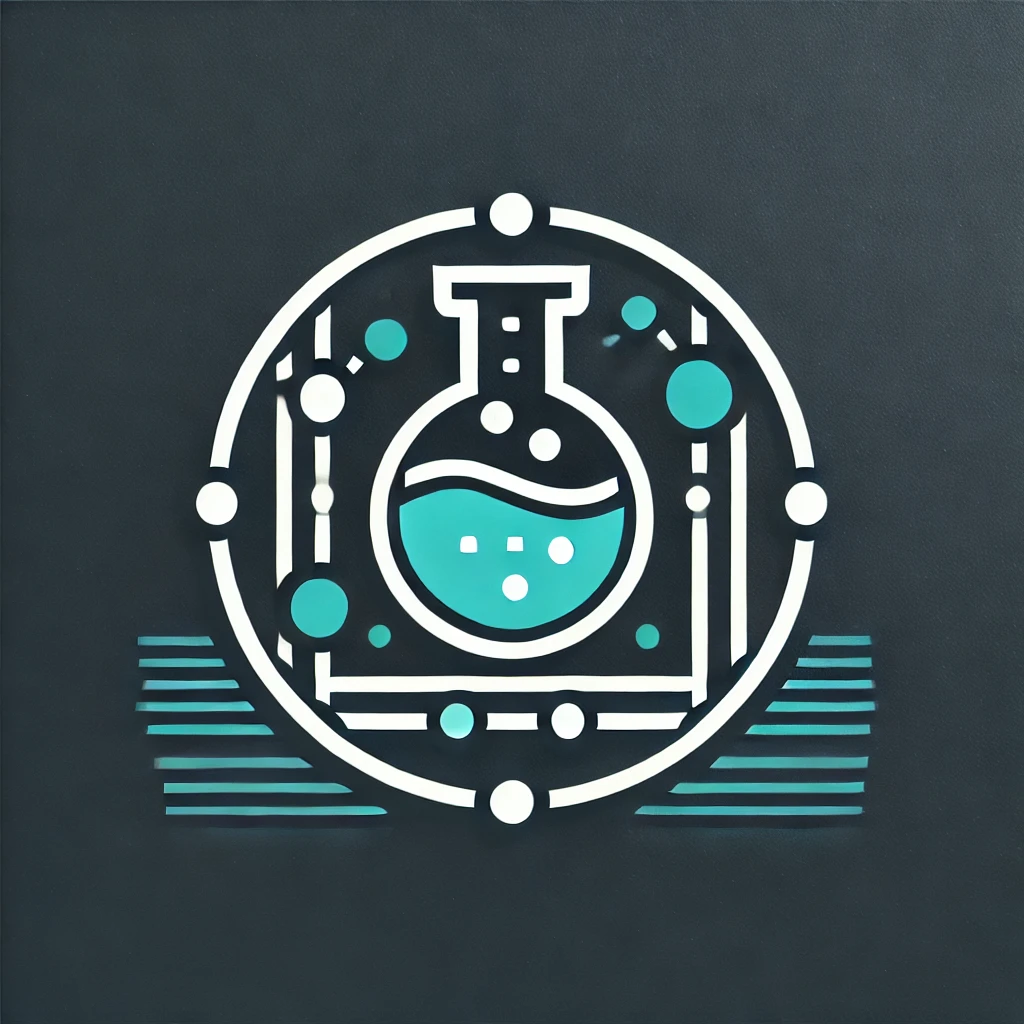How to Build SOPs Your Lab Techs Will Actually Follow
How to Build SOPs Your Lab Techs Will Actually Follow
By Lab Ops Pro | Lab Systems Consulting for Industrial & Manufacturing Labs
💡 The Problem: SOPs That Don’t Work
Many labs technically “have” SOPs — but nobody uses them. Why? Because they’re often too vague, outdated, or impractical. When procedures aren’t written for the people doing the work, they get ignored.
In regulated or high-volume labs, that’s a dangerous risk — to safety, efficiency, and audit readiness.
🔍 5 Keys to Creating Effective Lab SOPs
1. Write for the person doing the job
Avoid corporate jargon or overcomplicated language. Use direct, action-based steps like:
✅ “Label the vial with date and initials”
❌ “Ensure proper identification and chronological tracking”
2. Break tasks into simple steps
Techs shouldn’t need to think about what’s next. Every step should be short, logical, and unambiguous — ideally written at an 8th-grade reading level.
3. Include visuals when possible
A quick photo, diagram, or flowchart can often replace several paragraphs of explanation. This helps new hires and supports cross-training.
4. Make sure they reflect reality
Too many SOPs are written by people who used to do the job — or never did. Conduct a process walk with your current techs before finalizing.
5. Build SOPs that evolve
A “set it and forget it” approach doesn’t work. Your SOP system should include regular review, feedback loops, and version control.
🔬 Why It Matters
Clear, usable SOPs:
• Reduce training time for new hires
• Improve audit readiness
• Prevent costly mistakes
• Boost team confidence and performance
👣 Next Steps: Want SOPs That Actually Work?
Lab Ops Pro helps industrial and manufacturing labs create SOP systems that are practical, compliant, and easy to follow.
• SOP creation or cleanup
• Visual templates and workflows
• On-site or remote documentation support
📞 Schedule a free discovery call
📄 Or explore our flat-fee packages

